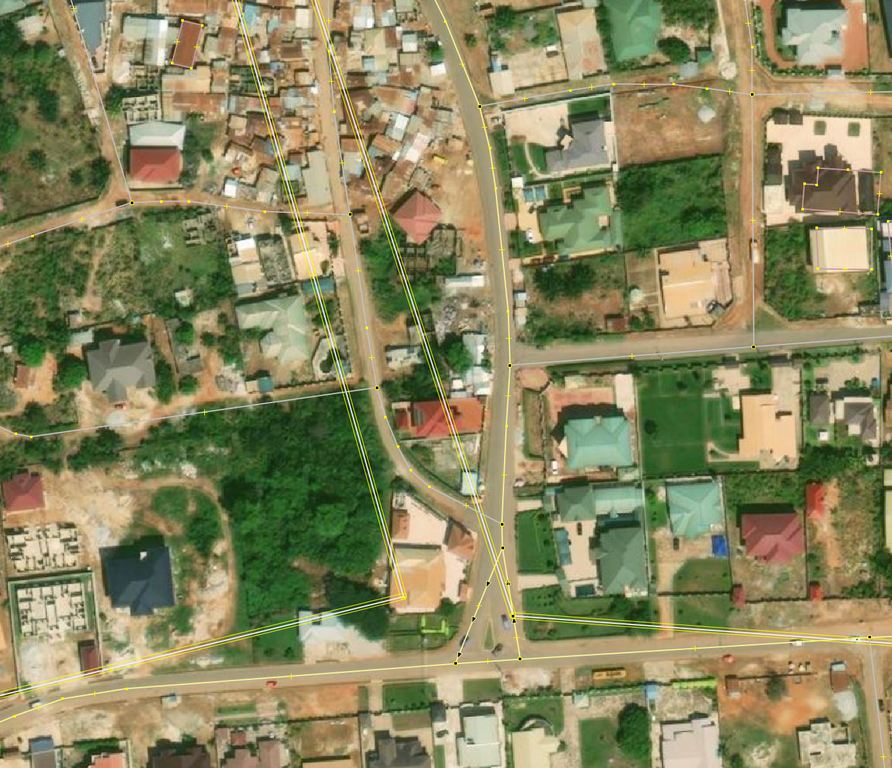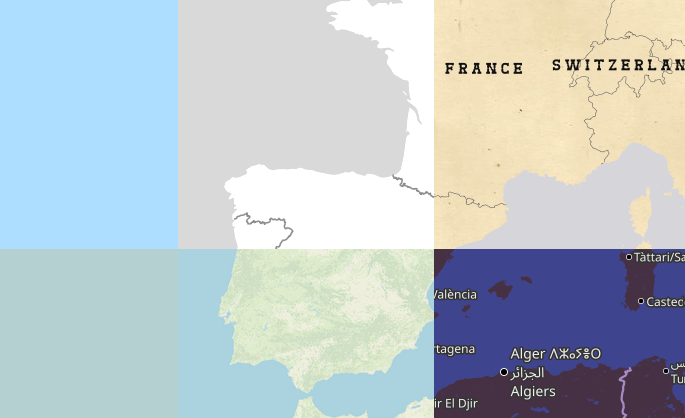First time writing a diary, I have no idea how this is supposed to work
First off I´m gonna talk about the class:bicycle tag
This tag is used to describe how comfortable a certain way is for a cyclist (with class:bicycle=3 being great and …=-3 being really bad). The tag is mostly subjective and surveys are needed.
I first started using it when OSM based routers kept routing me over a secondary road where it is technically legal (?) to cycle on but rather dangerous due to heavy motor traffic combined with a speed limit of 80km/h. Since only GraphHopper seems to be using the class:bicycle tag for it´s routing it´s the only OSM router which has now stopped telling me to use that road. Great success!
Now fast forward a few weeks and I found out that this tag is extensively used in Munich to “improve” bicycle routing. I don´t fully agree with the way the people there implemeted it as now busy roads are tagged as “better” as seperate cycleways due to irrelevant things such as width.
But I don´t live in Munich so it´s not my problem, so I´d rather focus on implementing this tag in the city of Unterschleißheim. I´ve already done some progress and pretty much every road and path in Lohof-Süd is now equipped with this tag to improve routing, and it did work pretty well as Graph Hopper uses the safer roads even if the route will end up being a few meters longer. Great success again!
I want to implement this tag in other areas of Unterschleißheim but I am not really sure how to make sure that I´ve reviewed every road. I thought about creating a spreadsheet with every road name of the city but that would take a lot of time or good overpass-api skills (which I don´t have). I´ve decided that I would split the city into different sectors and add the class:bicycle tag for those sectors one by one.
About mapillary…
While this doesn´t fit to the rest of the diary I still want to include this as it would help implementing the tag.


 © OpenStreetMap Contributors. Screenshot from JOSM with Bing
© OpenStreetMap Contributors. Screenshot from JOSM with Bing
.jpg)





